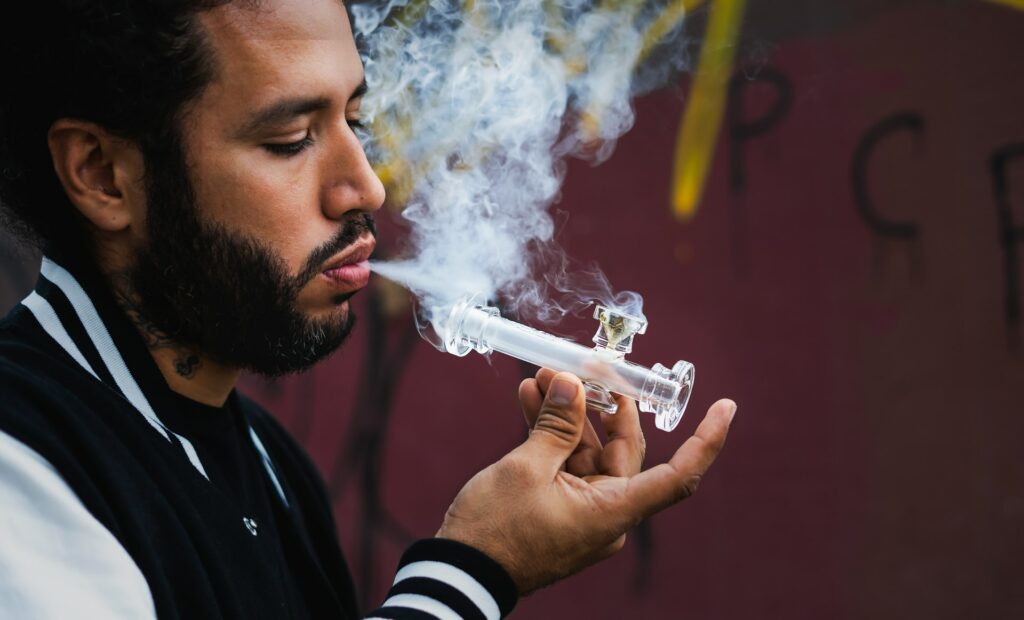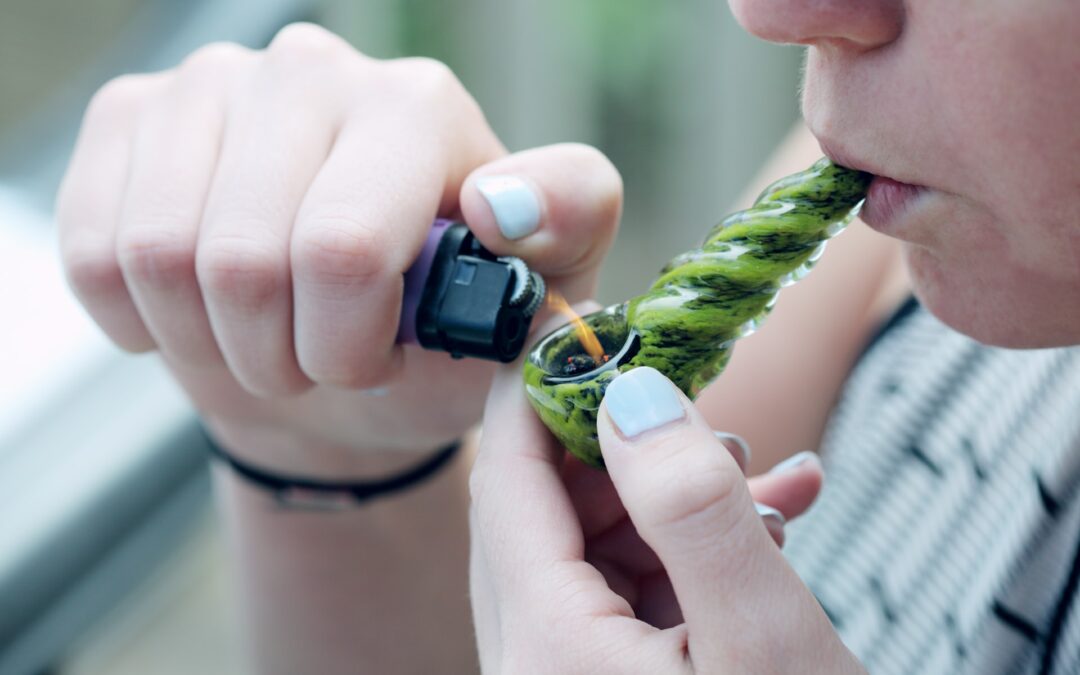Different psychoactive chemicals are referred to as inhalants since they are primarily breathed. When it comes to inhalant abuse, it’s most common among teenagers. Addictive Behaviors Associated With Inhalants. Even though inhalant addiction is rare.
Even now, those exposed to its toxins risk dying as a result of the toxic effects. Individuals may become addicted to marijuana if they use it regularly for an extended period. Due to the ease with which the drugs can be obtained, it might be challenging to recover. The “forgotten drug epidemic” refers to the prevalence of drug abuse.
That’s because millions of people have abused inhalants all around the country.
This type of substance addiction, however, has less documented repercussions than other types of substance abuse.

Inhalants: What You Need To Know?
Volatile chemicals are used in inhalants. To experience the mind-altering effects of the chemical vapors they emit, people inhale them. The term “inhalants” refers exclusively to drugs that are characterized by the act of inhalation. Other illicit chemicals can be inhaled.
Many substances or adverse effects may be present in them, and they can be found in a wide range of daily products. It’s also known as inhalant abuse, Laughing Gas, or Hippie Crack, depending on who you ask.
Illegal usage of cleaning goods, aerosols, gasoline, glues, anesthetics, and more are all part of the problem. While the duration of drug intoxication varies greatly depending on the substance. The euphoric high only lasts for 15-30 minutes at most before fading away.
Direct inhalation of inhalants is an option. Inhaling paint fumes, for example, or employing paraphernalia like a rag soaked in the inhalant and then breathing it in indirectly are examples.
Inhalant Substances:
As the drug and manner of inhalation differ, inhalation is also known as sniffing, snorting, bagging, and huffing. Many inhalants, such as whipped cream or gasoline, are lawful and can be acquired by anyone of any age.
Most of the time, they produce euphoria by depressing the brain and spinal cord’s central nervous system (CNS). Alcohol and barbiturates, which are both CNS depressants, have a comparable impact.
Several studies have demonstrated the connection between child abuse and psychological dependency. Addiction is also a possibility because of the drug’s impact on the dopamine pathway in the brain.
It’s easier to understand if you look at the types of products typically found in the home, workplace, and healthcare industries.
Addiction To Synthetic Marijuana:
When inhalants are taken, the brain releases chemicals that make people feel good. Thus they may become addicted if they are used frequently. When a person consumes an excessive amount of a chemical, they may overdose due to a hazardous reaction (e.g., vomiting, asphyxiation, or death).
To put it simply, inhalants work by depressing the central nervous system (CNS) and causing people to go asleep. Many inhalants can cause “sudden sniffing death,” where the heart stops beating within minutes of inhalation due to a toxic cocktail of chemicals. Early detection and intervention can save a person’s life when they are in danger of self-harm.
Abuse Is Seen When:
Tobacco or chemical smells on the skin or in the breath. Face, hands, or clothing covered in paint or other stains. Unrecognized spray cans of chemicals or saturated cloths and rags.

The appearance of being drunk or bewildered. Speech that is slurred. Vomiting or feeling ill to your stomach is a common symptom of menopause. The inability to pay attention or the feeling of sadness.
You’ll need some time to get back on your feet after this. It’s time for the next individual to get a turn at it. Please call us at (667) 215-5549 if you have any additional questions.


Recent Comments